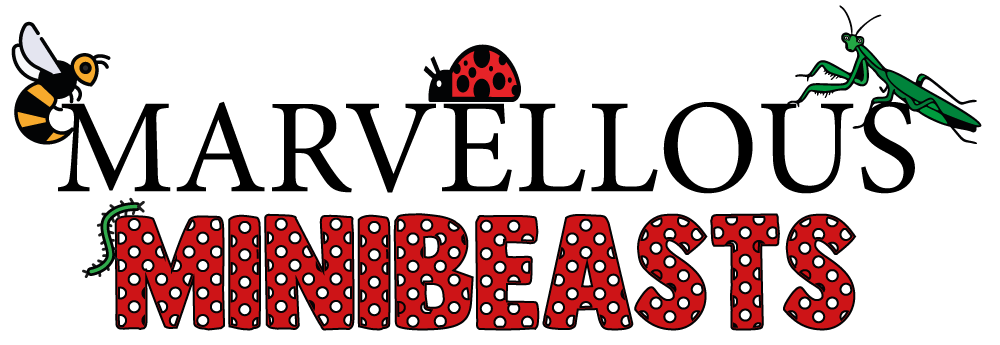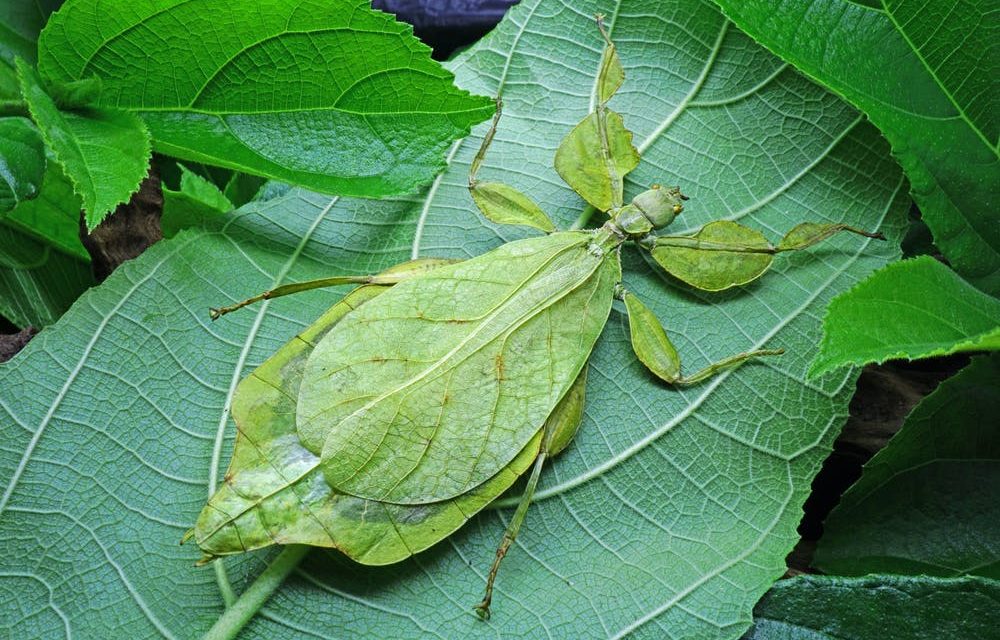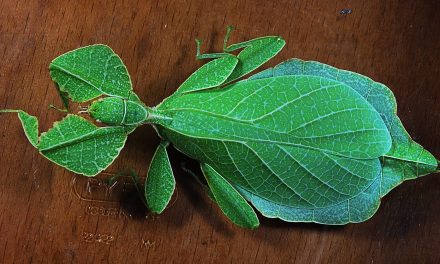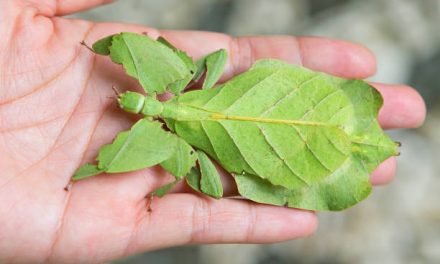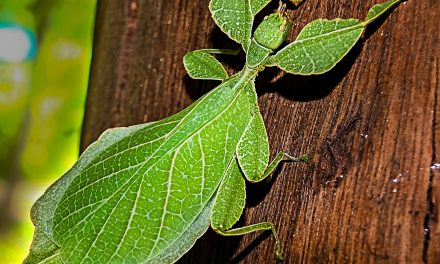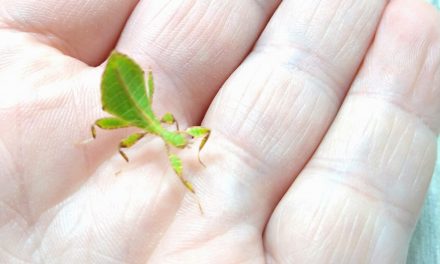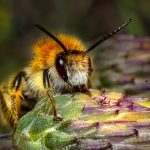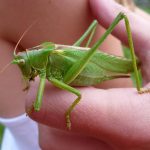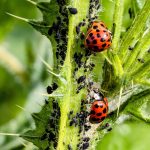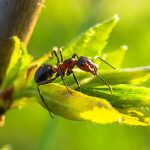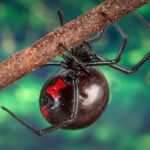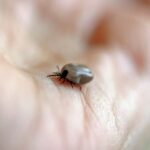There are lots of different reasons why people might want to keep leaf insects as pets, and while some are just looking for an interesting pet, others might want to breed them. Either way, something that can happen over time is that your leaf insect lays eggs, which will hatch under the right conditions.
If your leaf insect has laid eggs, you might be wondering why they are not hatching, and this could be due to a variety of different reasons. There are many things that can influence whether the eggs hatch, and sometimes there may be no reason at all.
In this article, we are going to explain everything that you need to know about leaf insects, their breeding process, and how to take care of the eggs that they produce. There are some things that you can do to increase the chances of the eggs hatching, and we will tell you exactly what you can do here.
How Long Do Leaf Insects Take to Hatch?
It can take anywhere between a few months or even a few years for leaf insect eggs to hatch, depending on the species that they are. So, hatching leaf insect eggs is going to take a lot of time and patience. To ensure that they have the best chances of hatching, you will need to provide them with certain environmental conditions, which we will explain below.
Best Conditions for Leaf Insect Eggs
If you want to give your leaf insect eggs the best possible chances of hatching, then there are some things that you can do for them. Providing them with the best environment is the best way to start.
Temperature
The ideal temperature for leaf insect eggs to be at is between 25 and 30 degrees Celsius. This temperature should not drop any lower than between 20 and 25 degrees during the night. You can either choose to find a warm spot in your home to achieve these temperatures, or you can purchase a heat mat or lamp to help keep them warm.
Humidity
The humidity should be at around 70 to 85 percent, and you can achieve this through a combination of warm temperatures and wet paper towels. You can place your eggs on a paper towel and keep them moist by spraying them with water. This moisture will evaporate into the air inside the container and ensure that there are high levels of humidity.
All that is left to do now is to wait for your leaf insects to hatch. You should check on them at least twice a week. Something that you should be aware of is that leaf insects can only survive for a few days without food once they have hatched, which is why it is really important to keep checking on them.
Why Are My Leaf Insects Not Hatching?
One of the main reasons why your leaf insects might not be hatching is that they are not being kept in the right environment. It is really important to provide them with everything that they need in order to increase their chances of hatching. Other times, there could be absolutely nothing wrong, and they just won’t hatch. So, it doesn’t always have to be down to the fact that you are doing something wrong, and it may not be meant to be.
Another thing that could become an issue is mould, which is something that you should keep an eye out for. Mould loves to develop in warm and humid environments, which is exactly what you are providing your eggs with. If you notice any signs of mould appearing on your damp paper towels, then you should replace them as soon as possible.
If your eggs have still not hatched after two years, then it is safe to discard them. However, it is recommended to freeze your eggs before you discard them to ensure that they are not going to hatch in places that they shouldn’t be. This isn’t likely to happen, but it is better to do so just in case.
Breeding Leaf Insects
Both male and female leaf insects can be kept together, and they will mate when they are ready. After this happens, the female will drop her eggs to the ground, and these eggs will be brown and cone-shaped, covered with fine spiny hairs. The female leaf insect should start to lay her eggs just a few weeks after becoming an adult, and each female will typically lay around 40 eggs at the rate of one or two per day.
The eggs will usually hatch after around 4 or 5 months, and when they first hatch, the nymphs will be black-grey in colour. Once they have moulted for the first time, they will turn a light green colour.
Do Female Leaf Insects Need a Male to Lay Eggs?
Something that you might not have known is that some leaf insects are actually parthenogenetic, which means that they do not always need a male leaf insect to mate with in order for them to be able to produce eggs. This means that lots of female leaf insects will lay eggs even if they have never been around a male leaf insect. So, if you are planning on getting yourself a female insect, you should be prepared for the fact that they can still produce eggs.
If this does happen, you should know that the eggs that are produced without a male leaf insect will result in female nymphs that are actually clones of their mothers. It is possible for a single leaf insect to create hundreds of offspring throughout their short lifespan.
How to Incubate Leaf Insect Eggs
Once your leaf insect has laid her eggs, you will need to take care of them if you want to increase their chances of hatching. If you leave them alone, they may not hatch, but if you provide them with the environment that they need, they are much more likely to hatch. This is really simple and easy to do, but you will need a few supplies to get started. Some of the things that you will need are a container, some paper towels, and a heat mat or lamp. Something else that can come in really handy is a spray bottle filled with water.
The process of incubation for leaf insect eggs can take anywhere from three months to much longer. There is no exact length of time that it will take for the eggs to hatch, but the right environment can help to speed up to process. A lot of the time, the adult leaf insects will die of old age before it comes time for the eggs to hatch. Although, this is not always the case.
If you have only one or two leaf insects, it can be much easier to manage the eggs that they are producing. However, if you have a whole colony of leaf insects, it can be much more difficult to keep on top of things. You should keep an eye out for any eggs that have been hatched as you go through your normal feeding and maintenance routine.
As we have previously mentioned, the three most important things to do when incubating eggs are to:
- Keep the eggs warm – a temperature of 25 degrees Celsius works well
- Keep the eggs humid – humidity between 20% and 85% is preferable
- Prevent the eggs from getting mouldy – Make sure to keep on top of maintenance
Once your leaf insect or insects have started to lay their eggs, you will need to create a new home for these eggs. One of the best ways to do this is to move the eggs into their own container, so you can control their environment. The floor of such a container can be lined with paper towels or kitchen roll, which you can then go on to moisten with water.
You can then place this new container of eggs on a heat mat to warm it to the required temperature. The moist towels combined with the heat will create the necessary humidity.
You should make sure to replace the paper towels every week, or sometimes sooner if you start to notice any signs of mould. Mould can kill the eggs, so you want to avoid this. You will also need to add more water to the paper towels if they dry up. Over time, the appearance of the eggs will change as they develop and absorb moisture, which is a good sign.
If you have multiple leaf insects that you expect to lay eggs, then it might be a good idea to add the newer eggs to new containers. You can then label each container with the date that the eggs were collected, so you have a rough idea of when you can expect them to hatch. It can help to know which ones are going to hatch first, so you know where to focus your attention. Don’t forget to keep checking on your eggs to see if they have hatched.
